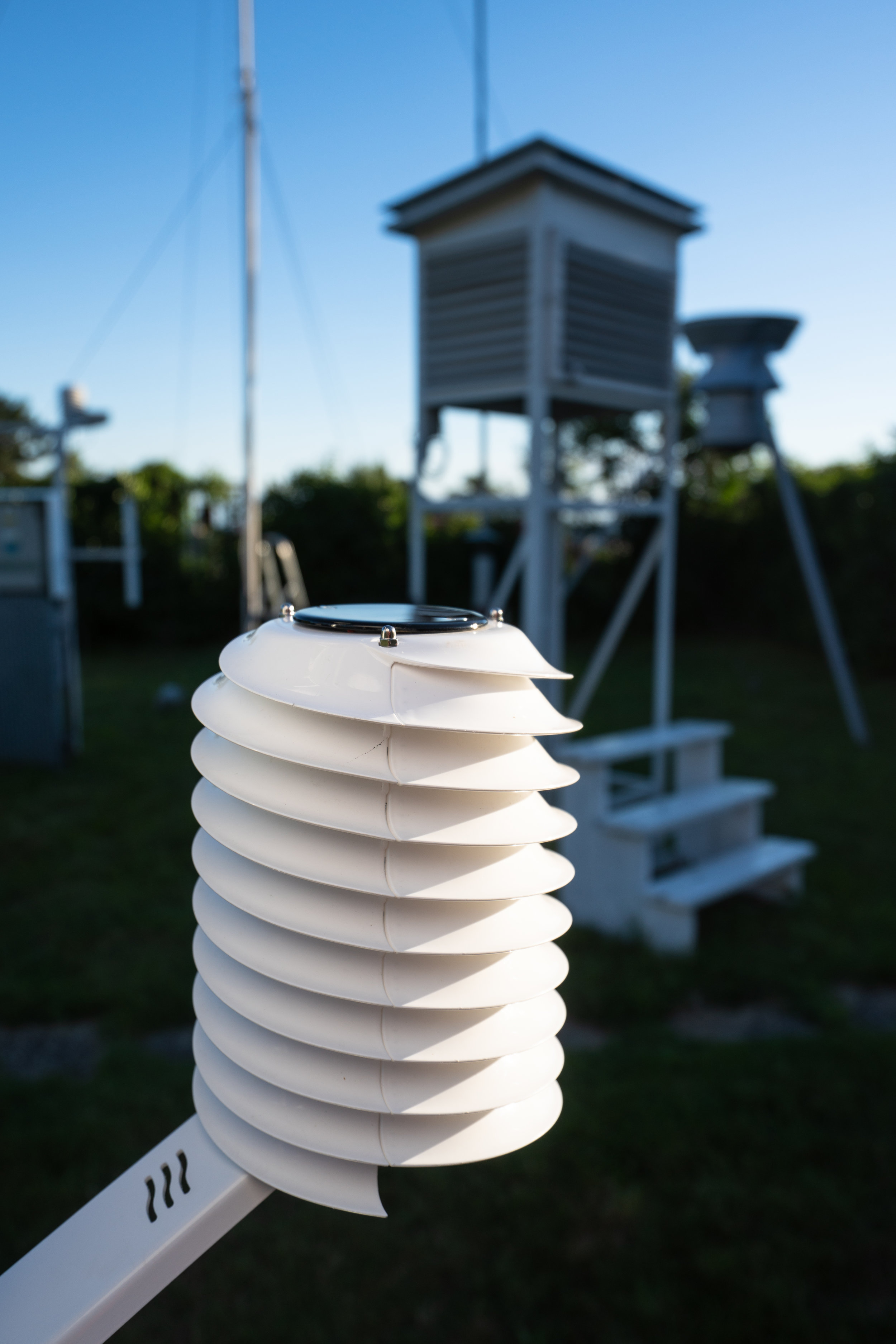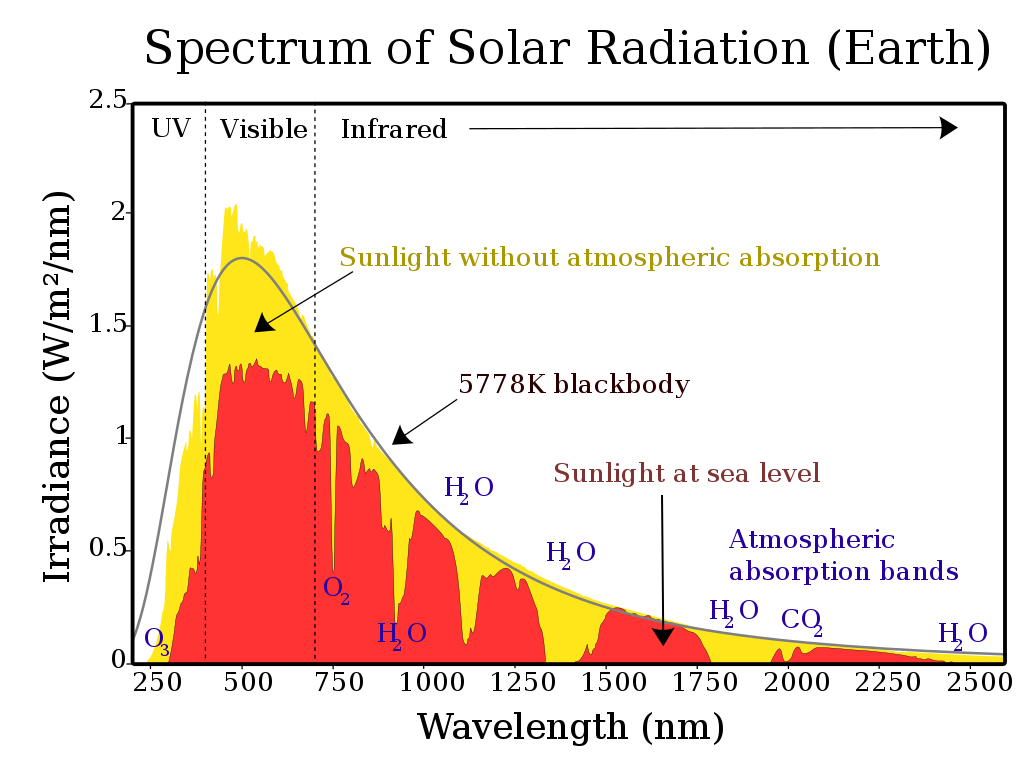BARANI DESIGN Technologies opening doors to private equity investment
/BARANI DESIGN Technologies, the holder of helical technology for compact weather stations will be opening its doors to private equity investments. Patented helical design offers strong product differentiation and enables BARANI DESIGN to be the leader in professional precision climatic measurement.
“It is becoming very challenging to keep up with the rising demand for our products” from the words of CTO, Jan Barani. “The one-of-a-kind helical technology has been proven in professional applications including Antarctica, and offers a stepping stone from professional technology into the home weather station market, which requires a strong marketing investment.”
While the professional meteorological industry is undergoing transformation and consolidation, there is strong opportunity for growth in emerging markets where the Internet of Things revolution is making wireless technologies affordable. “Our MeteoHelix® IoT Pro weather stations are attracting a lot of attention since they leverage professional measurement technology and affordable wireless technologies to bring never before seen combination of measurement qualities and ease of use to the sub $ 600 weather station market.”
“We have become investment limited in growth and are opening up talks to find the right partner/s and investors." BARANI DESIGN Technologies is well positioned to take a big chunk of the professional meteorological instrument market and also a big chunk of the middle market as dominated by Davis weather stations.
More info on helical technology:
https://www.meteorologicaltechnologyworldexpo.com/en/industry-news.php?release=a03fa30821986dff10fc66647c84c9c3
Helical micro weather station based on the proven MeteoShield® Professional:
MeteoHelix® IoT Pro (LoRaWAN, Sigfox, NB-IoT)
Company info:
BARANI DESIGN Technologies s.r.o.
Klincová 35
821 08 Bratislava, SLOVAKIA
www.baranidesign.com
Business ID: 51041472
Tax ID: 2120570738
VAT ID: SK2120570738






